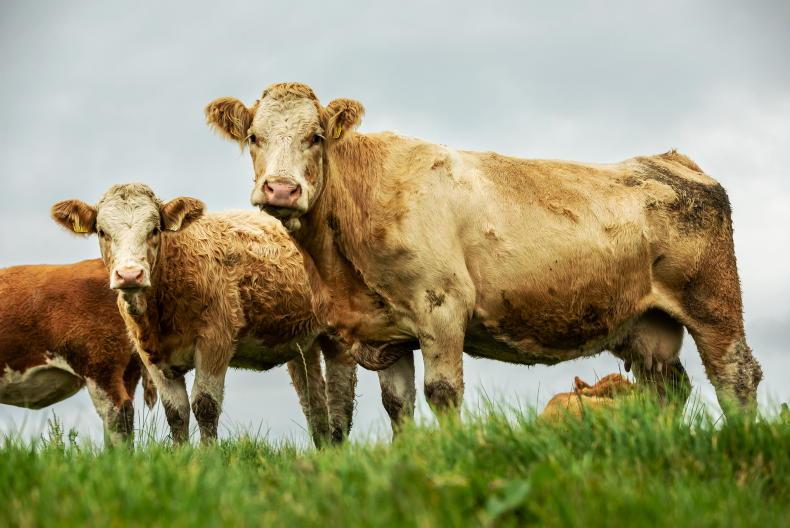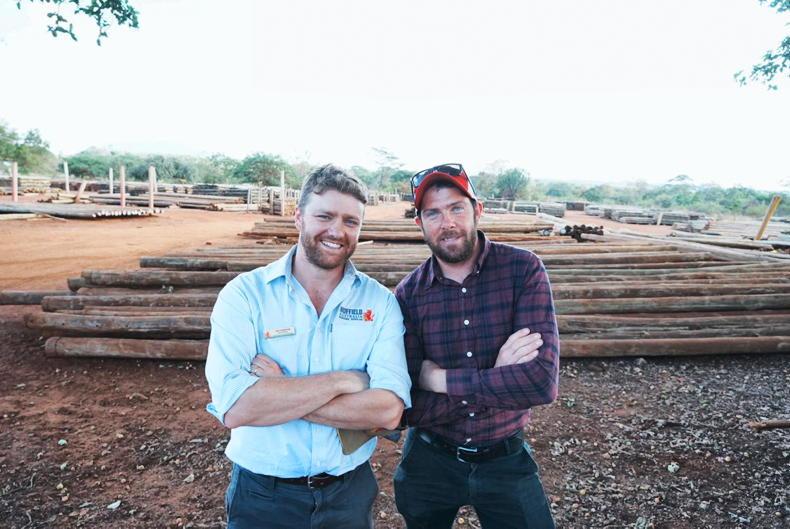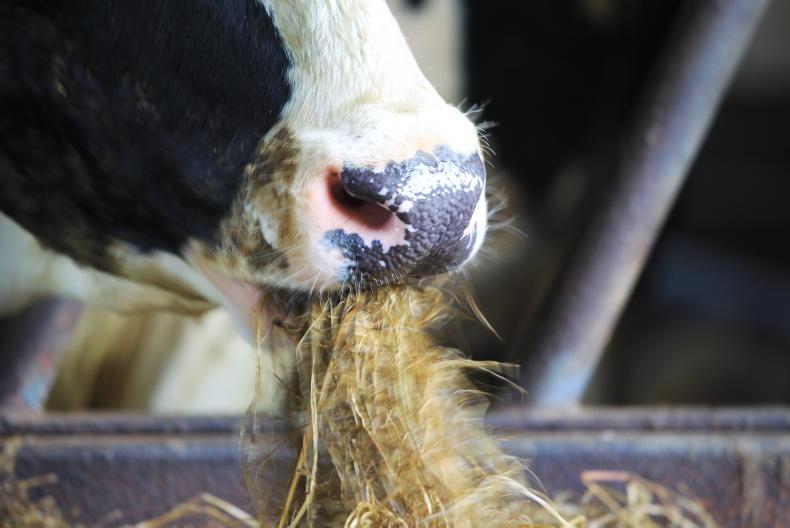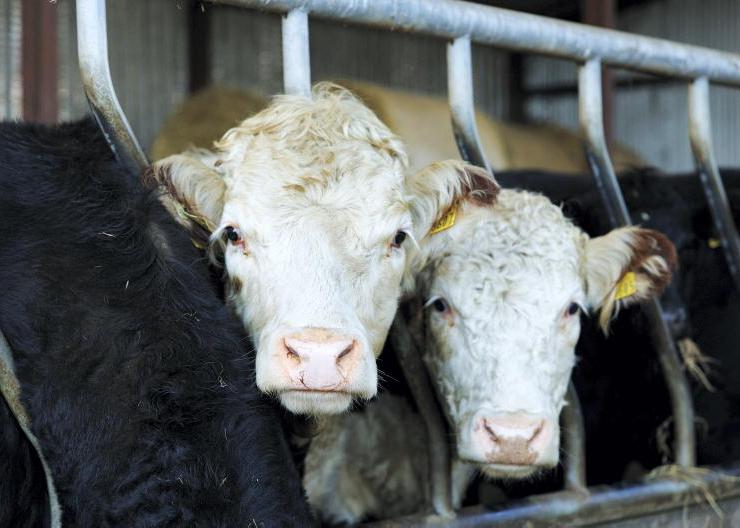TB’s 12-month herd incidence rate has exceeded 5% for the first time in over a decade, as Minister for Agriculture Charlie McConalogue has hit out at a “lack of stakeholder engagement” as contributing to an ongoing failure to address the disease spreading between cattle.
The same metric was as low as 3.51% in 2018 and still below 4% of herds as recent as 2019, but Minister McConalogue has suggested that no progress will be made on reducing disease levels until stakeholders back measures aimed at preventing cattle-to-cattle spread.
A rising trend in herd incidence saw 575 more herds restricted as a result of TB in 2023 than had been the year previous.
Minister McConalogue stated that he remains “committed to making real progress in eradicating TB” when responding to a question on the matter tabled by Fine Gael TD Bernard Durkan.
Research
The Minister stated that research in TB has shown the disease spreads by moving cattle with an undetected infection, by residual infection in cattle previously exposed to TB, across farm boundaries, through biosecurity breaches and from badgers.
“Whilst significant progress has been made on some areas of the TB programme, there are other areas, particularly in the context of cattle-to-cattle spread, where similar progress has not been made due to lack of stakeholder engagement,” he claimed.
“The impact of cattle-to-cattle transmission and the steps necessary to reduce this still remain to be addressed and until that is done, current levels of TB in the national herd will not be reduced.”
Fighting TB
West Wicklow witnessed the highest 12-month herd incidence of any region in the country over 2023 - 19.83% - which was four times the national average at the year end.
Mayo saw the lowest incidence, which, at only 1.91%, was less than half the national average for the TB metric.
“As the spread of this disease is multi-factorial, it is being fought on many fronts,” Minister McConalogue commented.
“The TB programme in each county focuses on factors including wildlife, how disease is spread in the area, contiguous programmes, gamma interferon testing, cleansing and disinfection, testing compliance and swift isolation and removal of reactors.”
Read more
Actual TB spend in 2023 came to €137m
TB reactors up another 24% in 2023
Badger culling retained in England TB plan
Minister suggests farm groups still hold sway on TB controls
TB’s 12-month herd incidence rate has exceeded 5% for the first time in over a decade, as Minister for Agriculture Charlie McConalogue has hit out at a “lack of stakeholder engagement” as contributing to an ongoing failure to address the disease spreading between cattle.
The same metric was as low as 3.51% in 2018 and still below 4% of herds as recent as 2019, but Minister McConalogue has suggested that no progress will be made on reducing disease levels until stakeholders back measures aimed at preventing cattle-to-cattle spread.
A rising trend in herd incidence saw 575 more herds restricted as a result of TB in 2023 than had been the year previous.
Minister McConalogue stated that he remains “committed to making real progress in eradicating TB” when responding to a question on the matter tabled by Fine Gael TD Bernard Durkan.
Research
The Minister stated that research in TB has shown the disease spreads by moving cattle with an undetected infection, by residual infection in cattle previously exposed to TB, across farm boundaries, through biosecurity breaches and from badgers.
“Whilst significant progress has been made on some areas of the TB programme, there are other areas, particularly in the context of cattle-to-cattle spread, where similar progress has not been made due to lack of stakeholder engagement,” he claimed.
“The impact of cattle-to-cattle transmission and the steps necessary to reduce this still remain to be addressed and until that is done, current levels of TB in the national herd will not be reduced.”
Fighting TB
West Wicklow witnessed the highest 12-month herd incidence of any region in the country over 2023 - 19.83% - which was four times the national average at the year end.
Mayo saw the lowest incidence, which, at only 1.91%, was less than half the national average for the TB metric.
“As the spread of this disease is multi-factorial, it is being fought on many fronts,” Minister McConalogue commented.
“The TB programme in each county focuses on factors including wildlife, how disease is spread in the area, contiguous programmes, gamma interferon testing, cleansing and disinfection, testing compliance and swift isolation and removal of reactors.”
Read more
Actual TB spend in 2023 came to €137m
TB reactors up another 24% in 2023
Badger culling retained in England TB plan
Minister suggests farm groups still hold sway on TB controls










SHARING OPTIONS